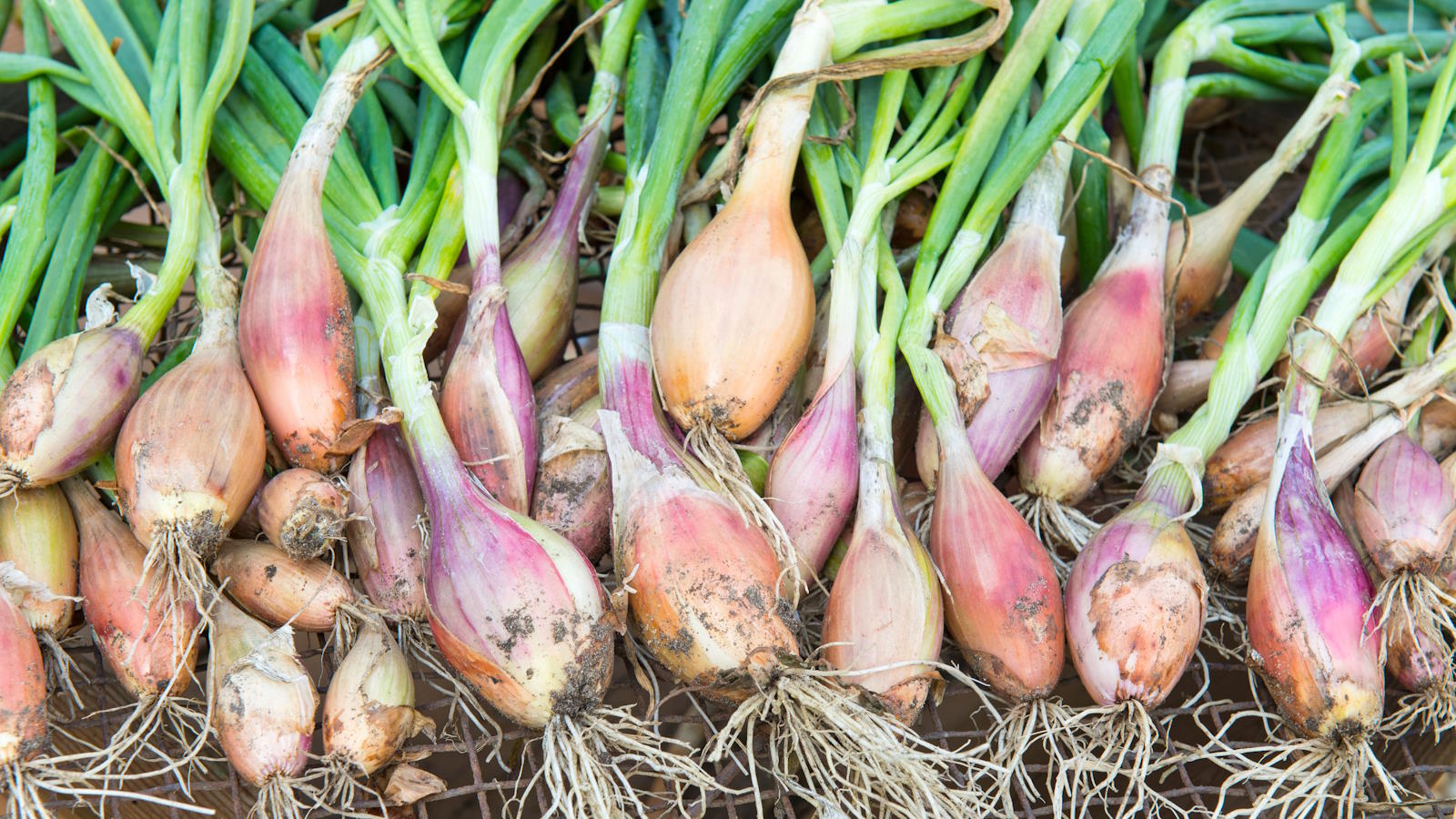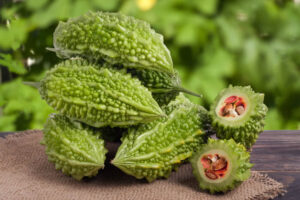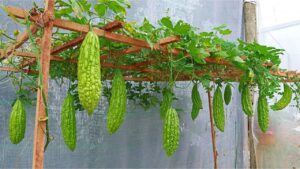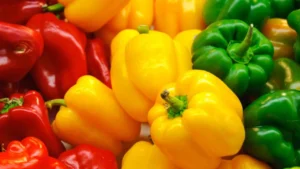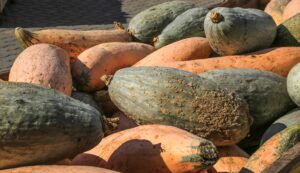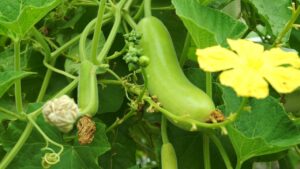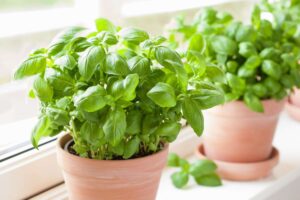How to Grow and Use Culinary Herbs: Scallions
Growing fresh scallions at home provides a continuous supply of this versatile herb for your kitchen. Whether you have a spacious garden, limited container space, or just a sunny windowsill, scallions are one of the easiest culinary herbs to cultivate year-round.
What Are Scallions?
Scallions (Allium fistulosum), also known as green onions or spring onions, are mild-flavored members of the allium family. Unlike regular onions, scallions don’t form large bulbs and are primarily grown for their slender green stems and white base. They’re a staple in many cuisines across the world, from Asian stir-fries to Mexican salsas, adding a fresh, mild onion flavor to countless dishes.
According to the USDA Agricultural Research Service, scallions are not only flavorful but also nutritious, containing significant amounts of vitamins A, C, and K, along with essential minerals.
The US Scallion Market
The demand for fresh scallions in the US continues to rise as more consumers embrace home cooking and diverse cuisines. According to market reports, the US fresh herb market reached approximately $2.7 billion in 2023, with scallions representing a significant portion of this sector.
Home gardeners across the country are increasingly growing their own scallions, both to save money and to ensure a constant supply of this versatile herb. The trend aligns with the growing interest in sustainable living and food self-sufficiency.
Growing Scallions from Seed

When to Plant Scallion Seeds
Timing is crucial when growing scallions from seed. Here’s what you need to know:
| Growing Zone | Spring Planting | Fall Planting | Days to Germination | Days to Harvest |
|---|---|---|---|---|
| 3-5 | April-May | August | 7-14 days | 60-80 days |
| 6-7 | March-April | September | 7-10 days | 50-70 days |
| 8-10 | February-March | October | 5-10 days | 45-60 days |
Step-by-Step Guide to Growing Scallions from Seed
- Prepare the soil: Scallions prefer loose, well-draining soil with a pH between 6.0 and 7.0. Mix in compost to improve soil structure and fertility.
- Sow the seeds: Plant seeds ¼ inch deep and 1 inch apart in rows spaced 12-18 inches apart. In containers, scatter seeds lightly and cover with a thin layer of soil.
- Water thoroughly: Keep the soil consistently moist but not waterlogged until germination occurs.
- Thin seedlings: Once seedlings reach 2-3 inches tall, thin them to stand 2-3 inches apart to give them room to develop properly.
- Maintain consistent care: Water regularly, especially during dry periods, and fertilize monthly with a balanced, water-soluble fertilizer.
Growing Scallions in Garden Beds
If you have garden space, growing scallions outdoors provides excellent results. Here’s how to succeed:
Selecting the Right Location
Choose a spot that receives at least 6 hours of sunlight daily. Scallions can tolerate partial shade, especially in warmer climates, but full sun produces the most robust growth.
Soil Preparation
According to the Cooperative Extension Service, preparing the soil properly is crucial for allium success:
- Dig the soil to a depth of 8-10 inches.
- Remove rocks, weeds, and break up large clumps.
- Mix in 2-3 inches of compost or aged manure.
- Rake the surface smooth before planting.
Planting in Garden Beds
- Create shallow furrows about ¼ inch deep.
- Sow seeds thinly along the furrow or plant seedlings 2-3 inches apart.
- Cover lightly with soil and water gently but thoroughly.
- Mulch between rows to suppress weeds and maintain moisture.
Maintenance and Care
- Watering: Provide 1-1.5 inches of water per week, adjusting for rainfall.
- Fertilizing: Apply a nitrogen-rich fertilizer once a month during the growing season.
- Weeding: Keep the area weed-free to prevent competition for nutrients.
- Pest management: Watch for onion maggots and thrips. Use row covers if pests are problematic in your area.
Growing Scallions in Pots
Container growing is perfect if you have limited space or want scallions close to your kitchen.
Choosing the Right Containers
- Select containers at least 6 inches deep with drainage holes.
- Wider containers allow you to grow more scallions in a single pot.
- Clay, plastic, or fabric pots all work well.
Potting Mix for Container Scallions
Create a mixture of:
- 60% quality potting soil
- 20% compost
- 20% perlite or vermiculite for drainage
Planting Process
- Fill your container to about 1 inch below the rim with potting mix.
- Scatter seeds lightly across the surface or plant seedlings 1-2 inches apart.
- Cover with a thin layer of soil and water gently.
Container Care
- Watering: Check moisture levels daily, especially during hot weather. Container soil dries out faster than garden soil.
- Fertilizing: Apply a half-strength liquid fertilizer every 2-3 weeks.
- Location: Place containers where they’ll receive 6+ hours of sunlight.
- Rotation: In winter, move pots to a protected area or indoors if temperatures drop below 20°F.
Growing Scallions Indoors
You can enjoy fresh scallions year-round by growing them indoors on a sunny windowsill.
Light Requirements
Place your indoor scallions in your brightest window, ideally south or west-facing. If natural light is insufficient, supplement with grow lights positioned 6-12 inches above the plants for 12-14 hours daily.
Indoor Growing Methods
Water Method (Regrowing from Store-Bought Scallions)
- Save the white root ends (about 1 inch) of store-bought scallions.
- Place them root-down in a small jar or glass with enough water to cover the roots.
- Change the water every 1-2 days to prevent bacterial growth.
- Within days, you’ll see new green growth emerging.
- Harvest the green parts as needed, leaving the roots to continue growing.
Soil Method
- Use a shallow, wide container with drainage holes.
- Fill with potting mix to about ½ inch below the rim.
- Plant seeds ¼ inch deep and 1 inch apart, or place root ends from store-bought scallions 1 inch deep and 1-2 inches apart.
- Water thoroughly and place in your brightest window.
- Keep soil consistently moist but not soggy.
Indoor Growing Challenges
- Humidity: Indoor air can be dry, especially in winter. Mist plants occasionally or use a humidifier.
- Temperature: Keep indoor scallions away from cold drafts and heat sources.
- Pests: Watch for aphids and spider mites. Treat with insecticidal soap if needed.
Harvesting and Using Your Scallions
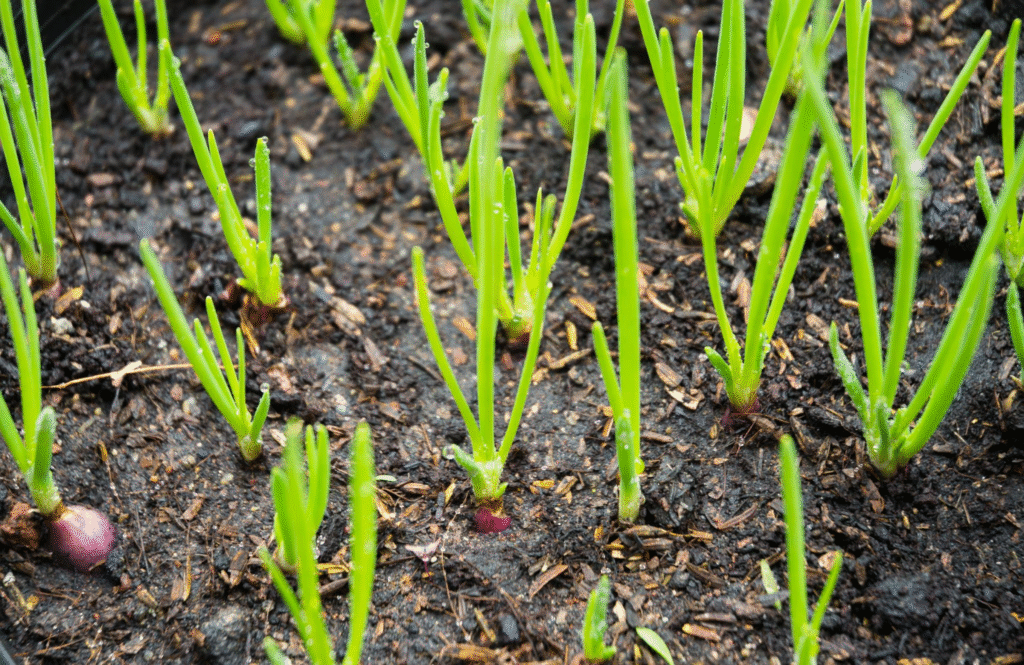
When to Harvest
Scallions are typically ready to harvest when their stems reach 6-8 inches tall and about the diameter of a pencil. This usually takes:
- 60-80 days from seed
- 30-40 days from transplants
- 3-4 weeks when regrowing from roots
Harvesting Methods
You have two main options:
- Cut-and-come-again method: Cut the green tops about 1-2 inches above soil level, leaving the roots intact. The plant will regrow for multiple harvests.
- Whole plant harvest: Pull the entire plant from the soil when it reaches the desired size. This is best when you need both the white and green parts.
Storing Fresh Scallions
To keep your harvested scallions fresh:
- Stand them root-end down in a jar with an inch of water, covered loosely with a plastic bag, and refrigerate for up to two weeks.
- Alternatively, wrap unwashed scallions in a damp paper towel, place in a plastic bag, and refrigerate.
Using Scallions in the Kitchen
Scallions are incredibly versatile in the kitchen:
- White parts: Stronger in flavor, ideal for cooking in stir-fries, soups, and sautés.
- Green parts: Milder and perfect as a fresh garnish for salads, baked potatoes, tacos, and more.
Popular ways to use scallions include:
- Chopped fresh in salads and slaws
- As a garnish for soups, chilis, and baked potatoes
- In Asian dishes like stir-fries, fried rice, and dumplings
- In Mexican cuisine for salsas and guacamole
- In dips and spreads like French onion dip
- Grilled whole as a side dish
Troubleshooting Common Scallion Growing Problems
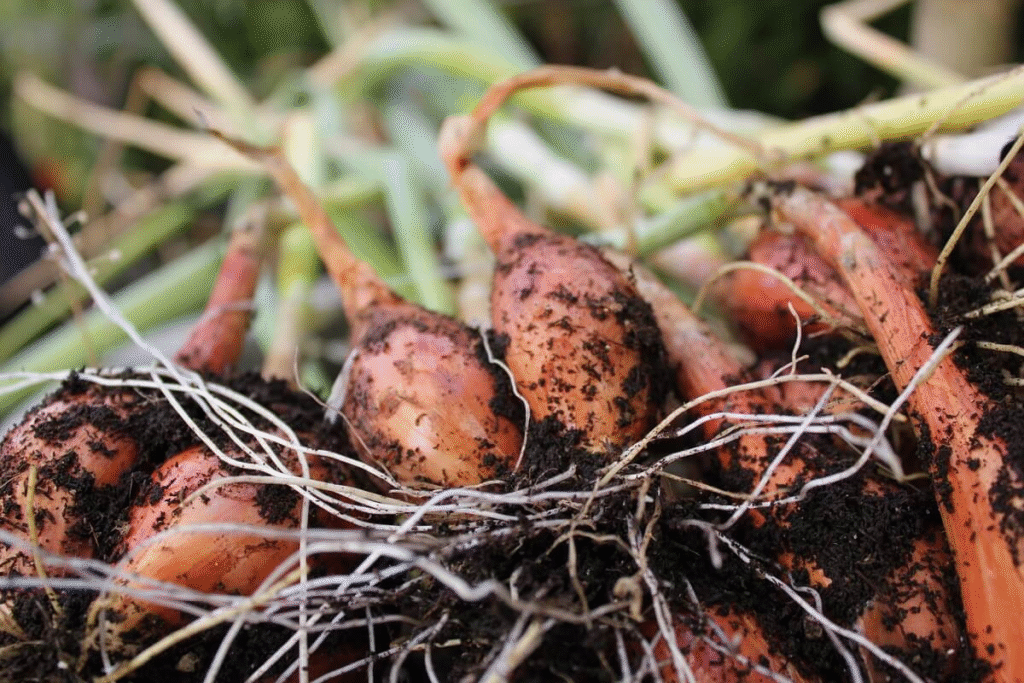
Yellowing Leaves
Potential causes:
- Overwatering
- Nutrient deficiency (especially nitrogen)
- Pest damage
Solutions:
- Ensure proper drainage
- Apply nitrogen-rich fertilizer
- Check for pests on stems and soil
Thin, Spindly Growth
Potential causes:
- Insufficient light
- Overcrowding
- Poor soil
Solutions:
- Ensure plants receive 6+ hours of sunlight
- Thin plants to proper spacing
- Improve soil with compost
Pest Problems
Common pests:
- Onion maggots
- Thrips
- Aphids
Solutions:
- Use floating row covers
- Apply insecticidal soap for soft-bodied pests
- Practice crop rotation in garden beds
Conclusion
Growing scallions at home is rewarding, economical, and surprisingly simple. Whether you have a spacious garden, a few containers on your patio, or just a sunny windowsill, you can enjoy these versatile herbs year-round. By following the guidelines in this article, you’ll be well on your way to harvesting fresh, flavorful scallions for your culinary creations.
The satisfaction of snipping fresh scallions from your own garden or windowsill adds an extra layer of enjoyment to your cooking experience. Plus, you’ll save money and reduce packaging waste compared to store-bought herbs. Start your scallion-growing journey today, and discover the pleasure of fresh, homegrown flavors at your fingertips.
